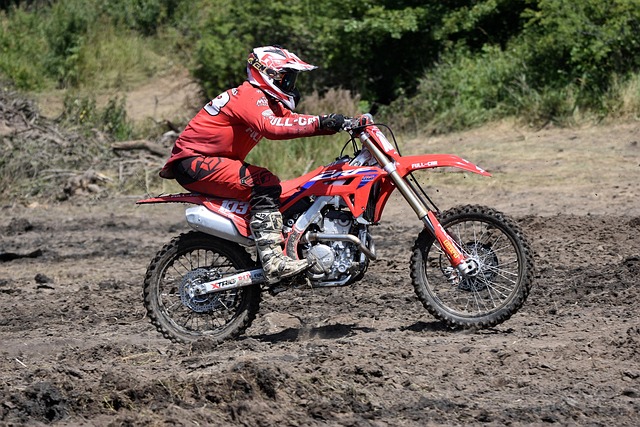Powering Up: The Role of Electrolytes in Strength Training
When it comes to strength training, we often focus on our workout routines, nutrition, and recovery strategies. However, there’s an essential player behind the scenes that can make or break our performance: electrolytes. These tiny minerals pack a powerful punch and are crucial for maximizing your training gains.
Electrolytes, such as sodium, potassium, calcium, magnesium, and chloride, help maintain our body’s fluid balance, nerve function, and muscle contractions. While many of us might not give them much thought during our workout, the truth is that electrolytes are the unsung heroes that can significantly enhance our strength training experience.
The Connection Between Electrolytes and Performance
During intense workouts, especially strength training sessions, our body sweats, leading to the loss of valuable electrolytes. This loss can lead to fatigue, muscle cramps, and impaired performance. Imagine pushing through a tough set and suddenly feeling your muscles falter—often, it’s a sign that your electrolyte balance is off. By ensuring an adequate intake of electrolytes, you could enhance your endurance, make your workouts feel less daunting, and ultimately increase your strength gains.
Staying Hydrated: A Key Element
Hydration goes hand in hand with electrolyte balance. Drinking water is critical, but sweating can create an electrolyte deficit if we’re not replenishing them. Incorporating electrolyte-rich foods like bananas, spinach, sweet potatoes, and avocados into your diet can provide the necessary minerals to keep you going strong. For those with higher intensity workouts, consider incorporating electrolyte drinks, especially during prolonged sessions. These can help you maintain optimal performance and prevent that dreaded midday slump.
Signs You May Need More Electrolytes
Pay attention to your body. Signs of electrolyte imbalance can manifest as headaches, muscle cramping, fatigue, dizziness, or even nausea. If you notice these symptoms during or after your workouts, it’s time to reassess your electrolyte intake and hydration strategy. Staying ahead of your electrolyte needs is vital to keeping your energy levels high and your workouts effective.
Practical Tips for Electrolyte Management
- Incorporate a variety of foods: Aim for a colorful plate filled with fruits and vegetables to get a wide spectrum of electrolytes.
- Listen to your body: If you’re feeling sluggish during workouts, consider adjusting your electrolyte intake.
- Rehydrate after workouts: Don’t wait until you feel thirsty; drink fluids with electrolytes after training sessions to replenish what you’ve lost.
- Consider supplementation: For those who sweat a lot or train in hot environments, electrolyte supplements can be a practical solution.
Incorporating electrolytes into your strength training plan is not just about staying hydrated; it’s about enhancing your overall performance and recovery. As you power through your workouts, remember that these vital minerals could be the boost you need to reach your fitness goals. Embrace the role that electrolytes play, and watch as they transform your strength training routine into a more effective, energized experience.




